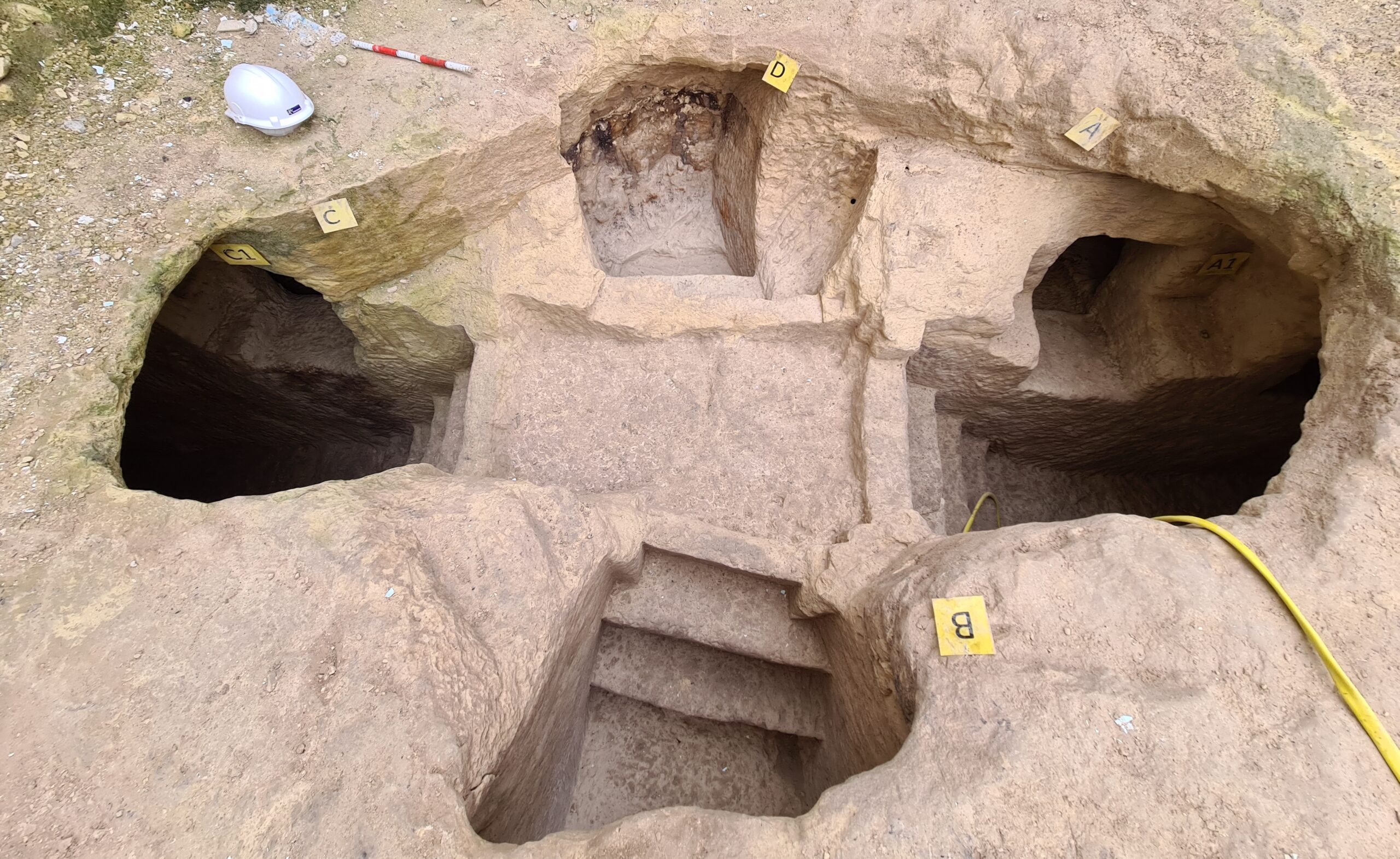The Superintendence of Cultural Heritage regulates archaeological evaluations and monitoring of development works in order to guide planning decisions, projected road works, and to safeguard cultural assets throughout ongoing works.
The objective of archaeological monitoring is to ensure that construction works do not, either intentionally, or by accident, result in the damage of historic structures or archaeological remains. Onsite monitoring of development is carried out by qualified and competent persons who are registered on the Register of Permitted Archaeologists, held by the Superintendence itself.
The Superintendence is also responsible for:
• Providing professional assistance related to archaeological monitoring;
• Providing specialised technical support in matters relating to the protection of archaeology during the consultation stages in the planning of development and road works applications;
• Providing emergency archaeological monitoring services to the Government;
• Drawing up of archaeological evaluation reports to inform and guide planning decisions;
• Drawing up of the necessary Terms of Reference to guide the carrying out of archaeological monitoring;
• Assessing Works Method Statements of ensuing construction works, wherever archaeological remains have been discovered;
• Registering any archaeological discoveries;
• Acting as a point of reference to practicing field archaeologists in all matters pertaining to the archaeological monitoring practice.
The Superintendence keeps full records of archaeological documentation resulting from archaeological monitoring. Further details on the procedures and standards required from the Superintendence are included in the published ‘Operating Procedures and Standards for Archaeology Services’ (OPSAS) document.
Registered Archaeologists list and OPSAS Documents

